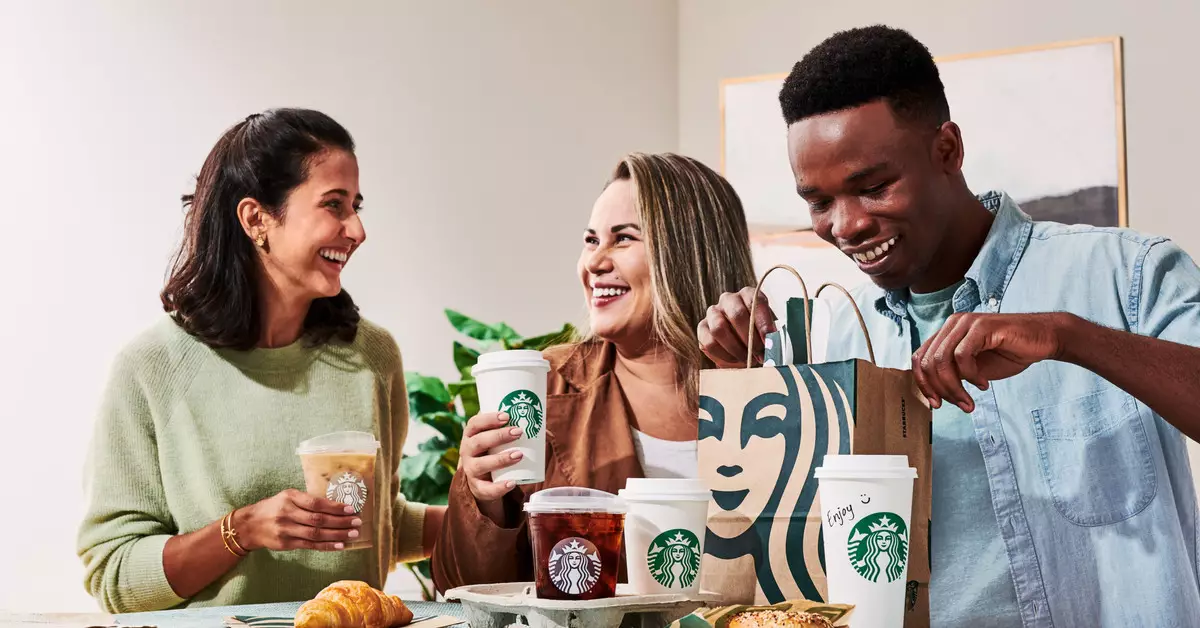Starbucks, an iconic name in the coffee world, has consistently evolved its service offerings to cater to changing consumer needs. With the rise of digital ordering and delivery, it is no surprise that Starbucks has decided to integrate delivery services directly into its mobile app. Previously, eager coffee-drinkers could preorder drinks for quick pickup, but now, they can also choose to have their favorite beverages delivered with just a few clicks. As convenience takes center stage in today’s fast-paced culture, one must ask: is this move a win for consumers, or simply a creative way to frame price hikes?
Starbucks has partnered with DoorDash to facilitate its new delivery service. This partnership entails that the delivery is available only at select locations across the US and Canada. Once within the Starbucks app, users can toggle between in-store pickup and delivery, making it straightforward to navigate. However, this convenience comes with a hefty price tag. As described by a seasoned reviewer, hidden costs can quickly stack up, adding extra fees that may make one reconsider their purchase.
What’s particularly alarming is the variety of additional charges – from delivery fees to small order surcharges and hefty service charges. While Starbucks has made strides in making ordering easier, the cost of convenience often outweighs the benefits, especially for those who only seek a single cup of coffee.
Pricing transparency is crucial in any service-oriented business, and Starbucks’ new delivery option raises questions about the value being offered. A firsthand experience of ordering a peppermint mocha revealed that a simple drink could jump from an affordable $6.55 to an astonishing $19.23 once all fees were accounted for. The addition of a $1 tip for the delivery driver and nothing for the barista only adds to the unbalanced nature of this transaction. For the everyday consumer, these costs could make regular coffee runs unsustainable.
This newfound delivery capability may be particularly appealing for large office orders or group gatherings, where splitting costs becomes more manageable. Nevertheless, for individual consumers, the question remains: does a $20 mocha justify the convenience it offers? For many, a well-stocked home coffee station is far more economical.
As Starbucks continues to innovate, it will be essential for them to balance convenience with affordability. The company must consider its brand loyalty and whether their customers will accept inflated prices in the name of convenience. With competitors likely watching the outcome closely, the pressure is on Starbucks to ensure that its delivery service does not dilute the quality of its customer experience.
While integrating delivery into the Starbucks app is a step forward in terms of technology and accessibility, the high costs associated with that convenience might lead consumers to rethink how they enjoy their daily coffee fix. It will be fascinating to observe how this experimental approach unfolds in the marketplace and if Starbucks will adapt its structure to better serve its faithful customer base.

